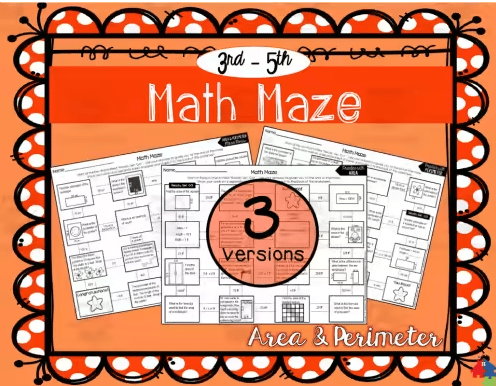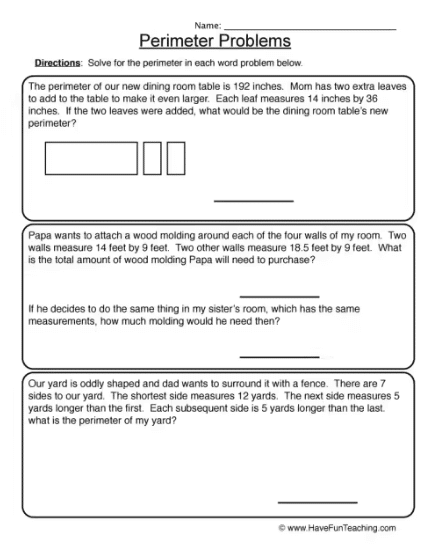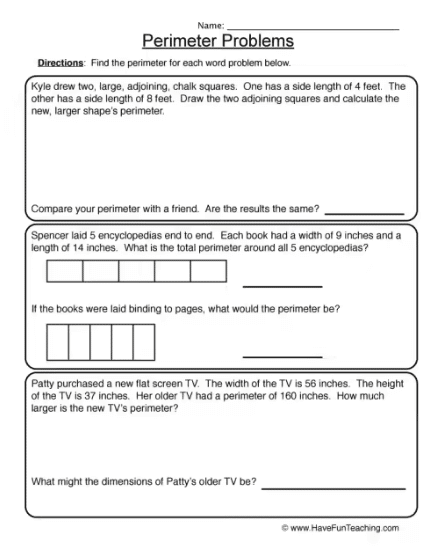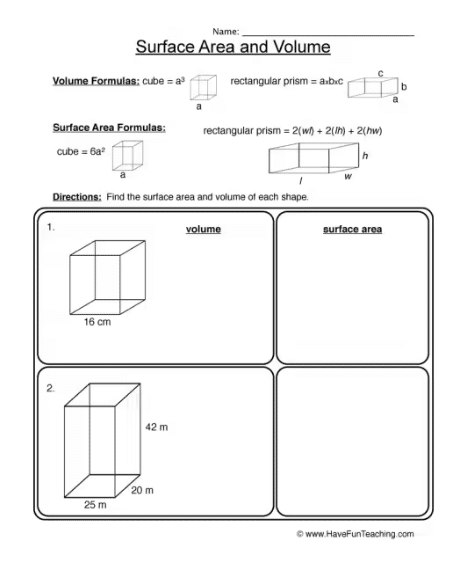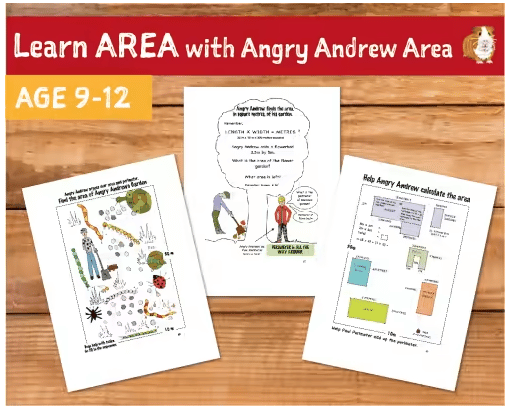Math concepts are taught more effectively using real-life context and tangible tools. But, when it comes to area and perimeter, it’s not negotiable – they are concepts that NEED it. Students need to see and experience it to fully understand it. This way, they can connect their everyday experience with area perimeter to what they learn in the classroom. This can then be consolidated with a worksheet – provided it is top quality.
Learning about area and perimeter independently is essential. Yet, it can be beneficial to introduce the concepts together before delving deeper into one of them. Doing so could reduce the chances of students mixing them up – something that can happen more than you would think.
You need resources and worksheets that will complement and consolidate your lessons, offer an opportunity to practice learned skills, and serve as a reference to refresh the concepts. But…. creating worksheets is tedious and time-consuming. Teachers have been remarkably inventive in finding ways to effectively reinforce a concept and make them fun. The trick is getting the students to forget that they are slamming away at schoolwork. Learning should be incidental, not a tedious task. Worksheets can be incredibly helpful as they’re (potentially) excellent visual aids. But it’s equally important to ensure students interact with the worksheets, using the visuals to help them come up with the answers on their own.
Not all area and perimeter worksheets are created equal. As teachers, we know the internet is overflowing with excellent and not-so-excellent resources. Finding something suitable for our students can still be challenging despite spending hours searching. Fortunately, our incredible colleagues across the globe are always ready to lend a helping hand. Sites like Pinterest are fantastic resources, offering countless creative ideas, lessons, activities, and worksheets. Some are free, and some with a price tag, but all are sure to save you time!
Want to make the most of the energy you’ve saved? Wondering how to ensure you get top-quality resources while saving time and money? Here’s your answer: make sure you always choose the best! And I’m going to help you find it.
Table of Contents
- Things to look for when choosing elapsed time worksheets
- Top 9 Area and Permiter Worksheets
- Where To Find Them Online
- Free vs Paid Worksheets
- Instead, invest in a Teach Simple membership
Things to look for when choosing elapsed time worksheets
Because area and perimeter can be confusing, choosing one that will not make things worse is important. It should be clear and visual to help students consolidate what you have shown and taught them. And no matter how old your students are, always start simply and give a visual example for them to refer to.
Make it count
A quality worksheet stands out from any plain piece of paper. When you include questions, ensure they engage the reader’s mind and have meaningful answers. Don’t limit yourself to basic “yes or no” questions – challenge your students with questions that test the full range of Bloom’s Taxonomy.
Be specific and use the correct terminology
Teach specific terminology from the start and use it on all your worksheets. Again, visual explanations and images for younger kids can be given, but always in conjunction with the correct terms. Students should be exposed to multiple units of measurement and understand that the concept is the same – provided they use the suitable unit in their answer. If the example uses feet, inches, meters, centimeters, hectares, or acres, it doesn’t change the mathematics.
Use vocabulary and reminder boxes to show definitions for words like base, length, width, sum and product. You can also put reminders for the appropriate formulas that need to be applied.
Check the worksheet carefully
No matter the source, don’t take that worksheets are flawless for granted. They may have typos, incorrect facts, or content inappropriate for your academic setting. The only surefire way to make sure is to trial the worksheets yourself.
Encourages note-taking
By showing your students how invaluable taking good notes is, you are preparing them with a skill that will stay with them in the future. So why not get them started with worksheets with plenty of room for flowcharts, spider diagrams, and other tools to help with brainstorming and organizing?
Top 9 Area and Permiter Worksheets
Teach Simple is your one-stop shop for all your resources. Here are some area and perimeter resources that will save you time and guarantee excellent quality.
Area and Perimeter Math Maze By Teachers R Us Homeschool
This engaging Area and Perimeter Math Maze is an ideal resource for students to get their brains going! They’ll start at the box labeled “Ready, Set, Go!” and use the answers they come up with to find their way to the finish line. Encourage your students to record their work on a separate piece of paper and staple it to the back of this worksheet to showcase their progress!
Area and Perimeter Emoji Math Activity By Teachers R Us Homeschool
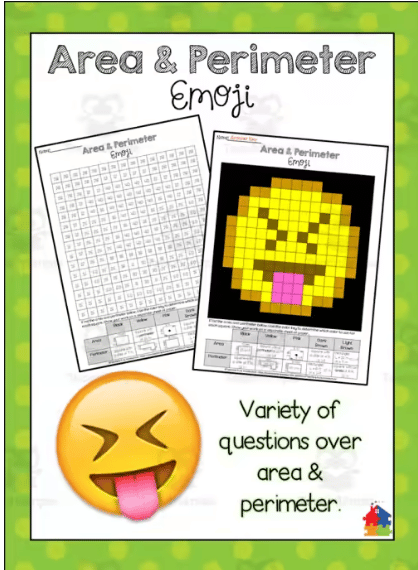
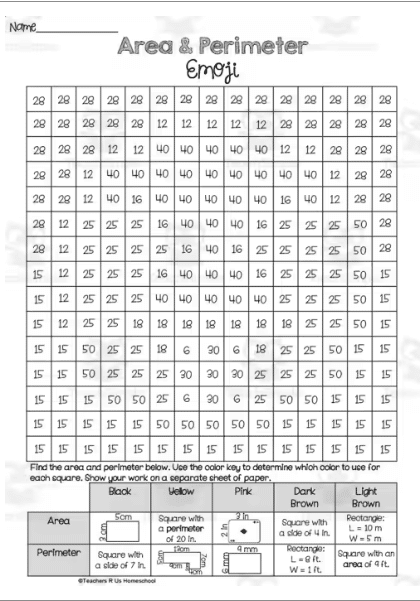
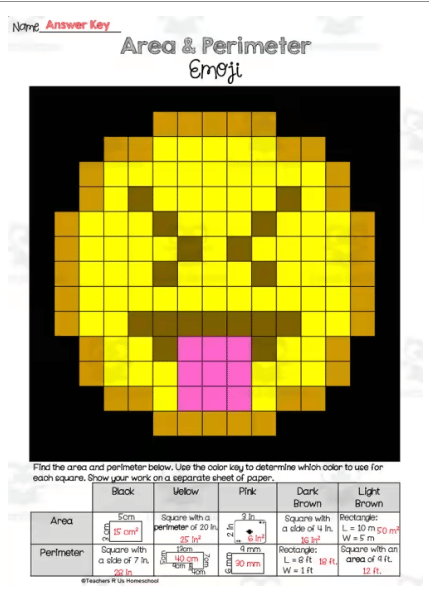
After finding the area and perimeter at the bottom of the page, students will use their answers and the color key to identify how to fill in each square of the picture, culminating in a beautiful creation.
Perimeter Scenarios Worksheet By Have Fun Teaching
Word sums encourage critical thinking and are a great way to put learned skills into practice. This worksheet is perfect for elementary students.
Perimeter Real-Life Scenarios Worksheet By Have Fun Teaching
Here is another word problem worksheet with real-life scenarios.
LEGO Design Project By O’Hoppy Day
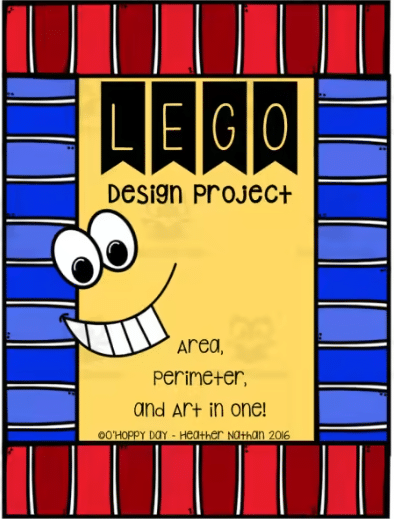
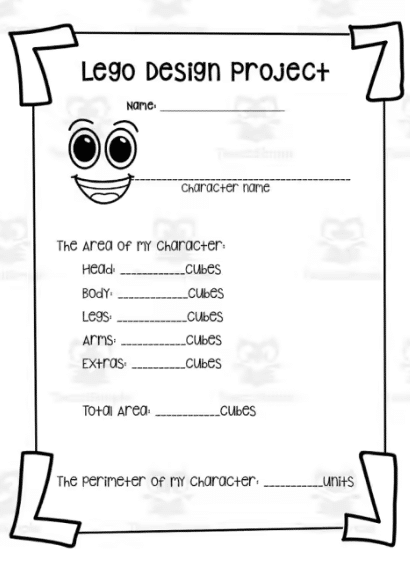
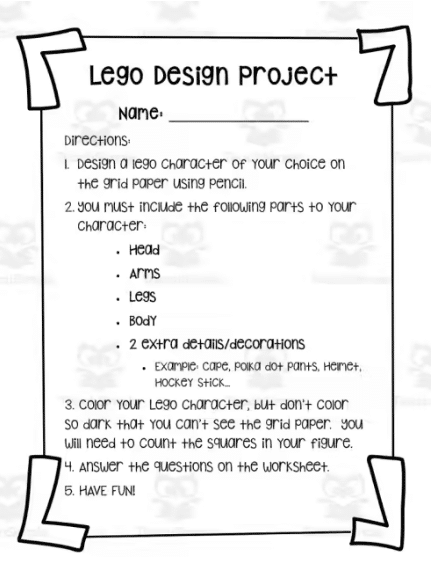
Let your students have a blast while they gain valuable practice with area and perimeter by having them design a LEGO character of their choice on grid paper! Grading rubric provided!
Area Math Packet By Life is Sweet for a Watermelon
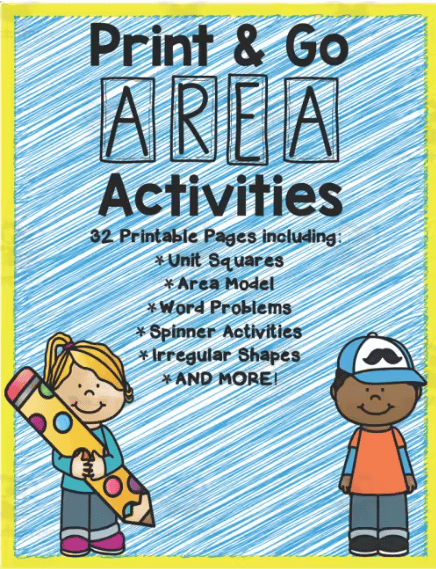
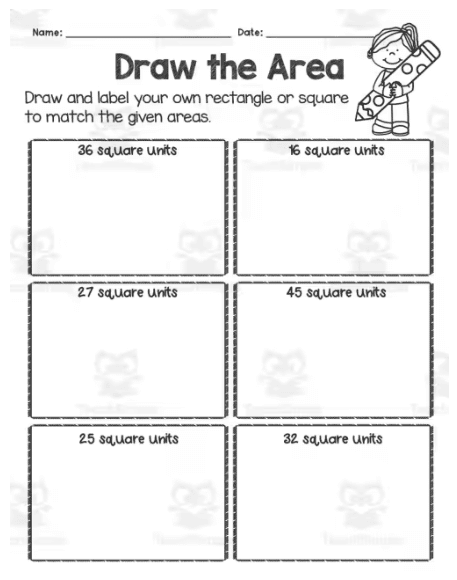
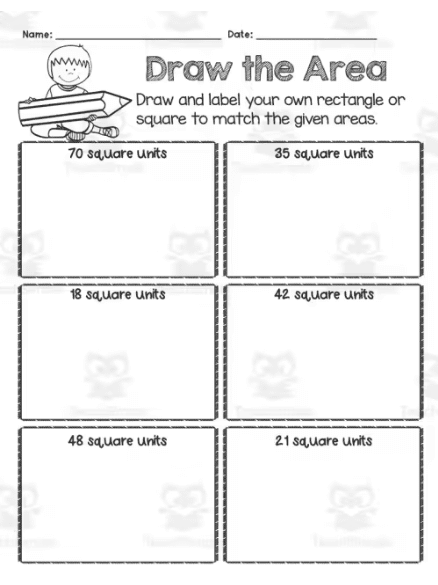
This Math Packet is overflowing with 32 printable activities to provide students with exciting practice on area! It is perfect for early finishers, small groups, assessments, or even homework.
Volume, Surface Area Rectangular Prisms Worksheet By Have Fun Teaching
This worksheet is great as a core note and has visuals to help students understand terminology and formulas.
Learn Area With Angry Andrew Area By
This resource offers an excellent opportunity for 9-12-year-olds to have a blast while learning essential numeracy skills! It includes the entertaining Angry Andrew Area, Katy Kilogram, Megan Millimetre, and Thomas Tonne to explore metric measurements.
Problem-Solving Tactics: Spongy Surface Area By So, what if … by Ian F Hailes
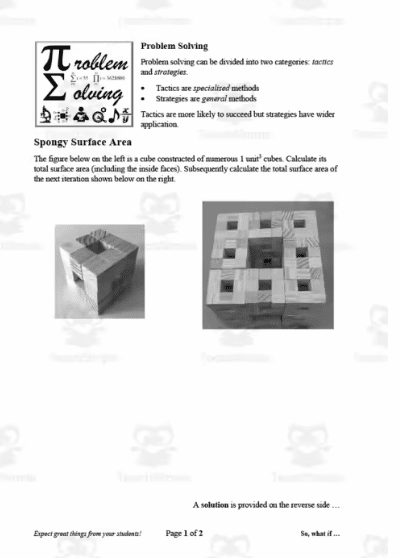
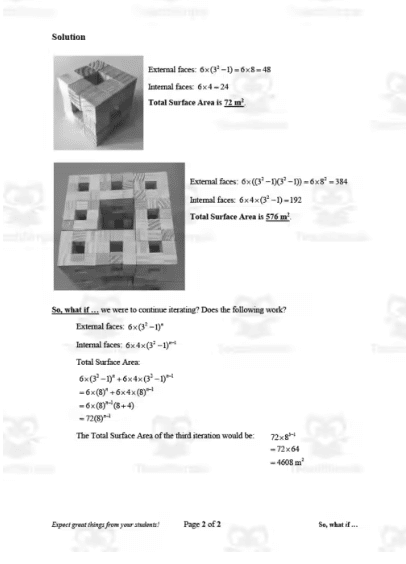
This math worksheet is designed to give students a problem to solve and provides plenty of room to work out the answer – with the solution conveniently on the flip side.
Where To Find Them Online
If you are strapped for time and want to find resources quickly, here are a few to get you started.
Free vs Paid Worksheets
As a teacher, you know the drawbacks of being limited to only textbooks in your lessons – it can make them dull and tedious! That’s why so many educators are willing to shell out for additional teaching materials, such as lesson plans to spice things up in the classroom. However, with the abundance of resources, it can be overwhelming to sift through and find top-notch content.
Paid lesson plans can be quite the gamble. Firstly, you have no idea of the quality of what you buy or if they are in sync with your curriculum until you make the investment. Secondly, while these resources may be just what you need, they add up and can cost a packet in the long run. Sometimes, paid resources offer freebies to entice you to purchase more – but the worth of these freebies is often debatable.
Instead, invest in a Teach Simple membership
Many resource platforms sell each product individually, and you pay per download. This may make sense if you only need one or two things, but if you are looking for a regular supply of quality resources, a subscription-based service is far more practical and affordable.
At Teach Simple, we provide subscription-based access to all the lesson plans and teaching materials you’ll ever need. Teachers crafted our materials, and each resource is peer-reviewed to guarantee it meets standards. In addition, it offers insightful blogs, classroom management tips and strategies, and loads of inspiration and ideas.
You will never need to look much further for an elapsed time worksheet again. Teach Simple will have what you need, or one of our detailed blogs and articles will fill you with creative ideas and provide links to examples and resources.

